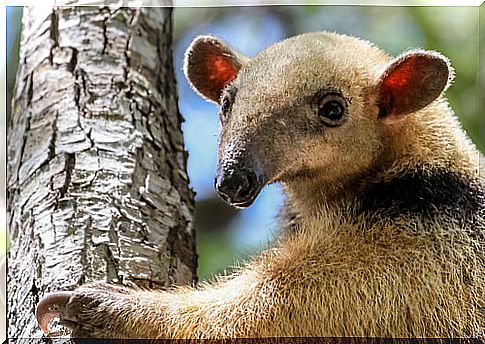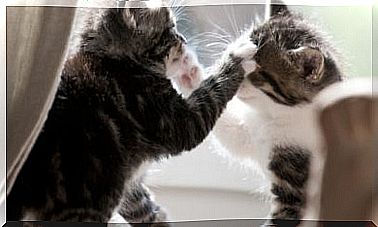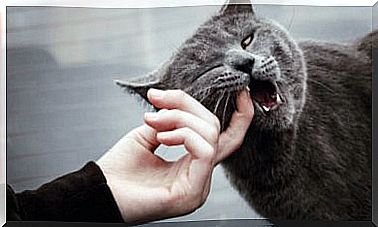The Red Book: The Red List Of Threatened Species

In 1963, the International Union for Conservation of Nature (IUCN) decided to undertake the creation of a document that reflected the conservation of species worldwide. Thus was born the Red Book, also called the Red List. Next we are going to tell you what this document consists of and why its updating is so important.
What is the Red Book?
This document is considered the most complete inventory of the state of conservation worldwide of all animal and plant species.
It is produced by IUCN, the world’s largest environmental organization, which was founded in 1948. Apart from this, many countries and organizations draw up their own Red Book, which includes especially vulnerable regional species.
For its elaboration, experts from other organizations such as BirdLife International or the Zoological Society of London take part. Based on a series of extinction risk criteria, they update the Red Book annually.
In addition, a larger-scale review is conducted every four years, and new species are added or removed through an intensive peer-review process.
The maximum objective of the book is to make the population aware of the urgency and necessity of species conservation. It also serves as a tool to help and advise the international community.
What categories does it have?
According to the risk of extinction of the species, the IUCN currently considers nine categories or degrees of risk, ordered from highest to lowest:
- Extinct
- Extinct in the wild.
- Critically endangered.
- In danger.
- Vulnerable.
- Near threatened.
- Minor concern.
- Insufficient data.
- Not rated.
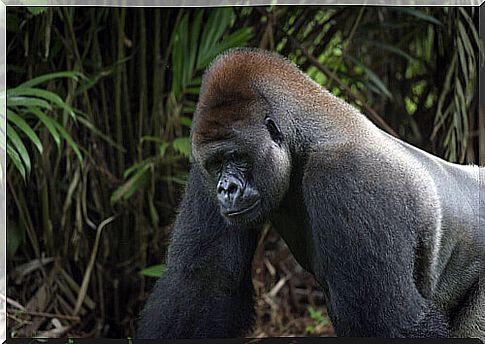
The different species can vary their degree of risk, depending on the annual analysis. For example, in 2018 the mountain gorilla ( Gorilla beringei beringei ) has gone from being ‘critically endangered’ to ‘endangered’ thanks to the recovery of its population.
Another example is the Mexican tortoise ( Gopherus flavomarginatus ), which has fallen from ‘vulnerable’ to ‘critically endangered’. This has been due, in large part, to the loss of their habitat.
What about the species in Spain?
Within our forests, seas and mountains there are many species that are cataloged within the Red Book. This is the case of the Barbary macaque ( Macaca sylvanus ), which lives on the Rock of Gibraltar. It is currently in the ‘endangered’ category.
Another animal that is found in this category is the Canary shrew ( Crocidura canariensis ), a small animal endemic to the islands.
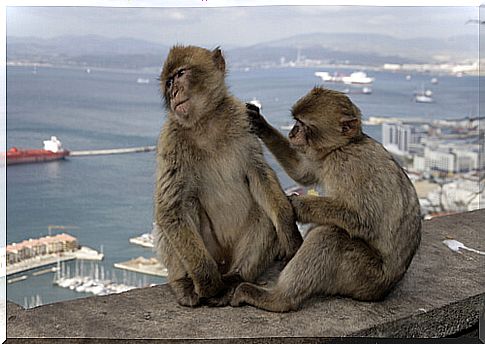
An example that may be surprising is that of the common rabbit ( Oryctolagus cuniculus ). Despite being included in the list of the 100 most harmful invasive alien species in the world, its current status is classified as ‘near threatened’.
Much of the reduction in its population has a viral origin. The clearest exponent is myxomatosis, a disease transmitted through fleas and ticks that killed up to 90% of wild rabbits.
The reduction in the number of rabbits, in turn, is affecting other animals that fed on the rabbit. This is the case of the Iberian lynx ( Lynx pardinus ), which is also listed in the Red Book as ‘endangered’.
The Iberian imperial eagle ( Aquila adalberti ) has also been affected by the disappearance of the rabbit, and is currently considered ‘vulnerable’ by the IUCN.
All this highlights the importance of habitat conservation, a task where we can all contribute to a greater or lesser extent.
It might interest you …
Main image source | https://www.iucn.org/
